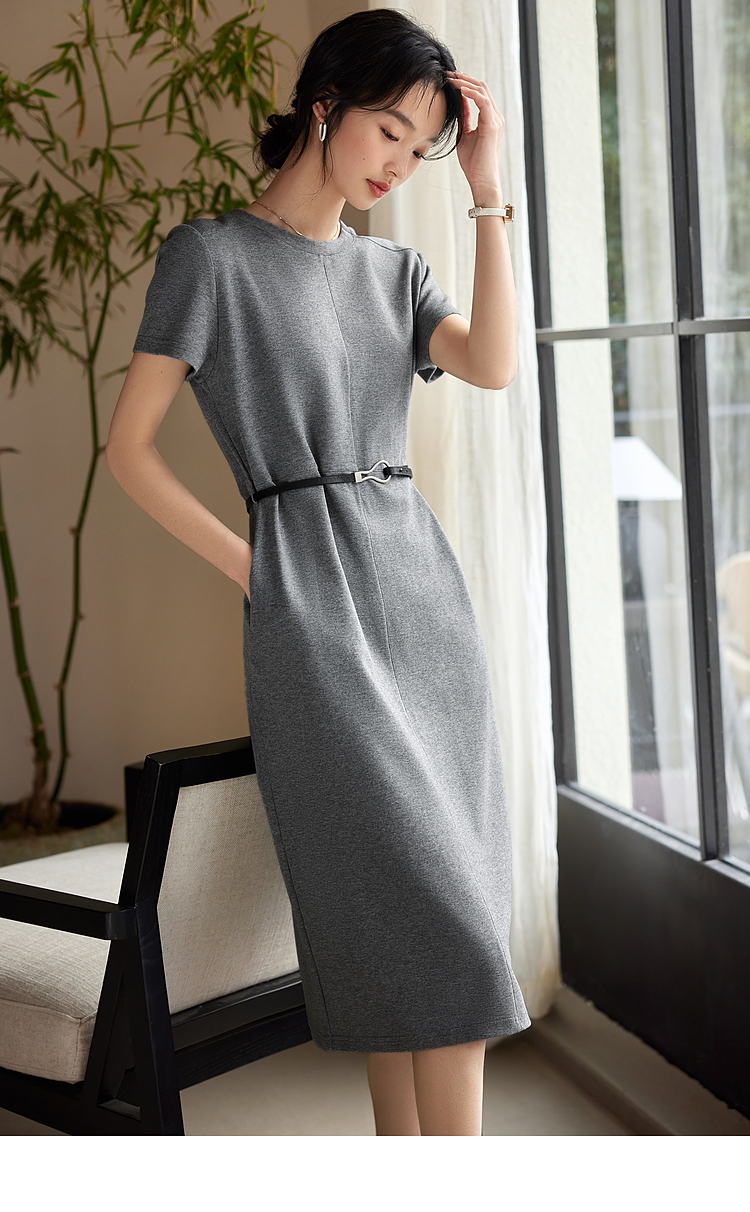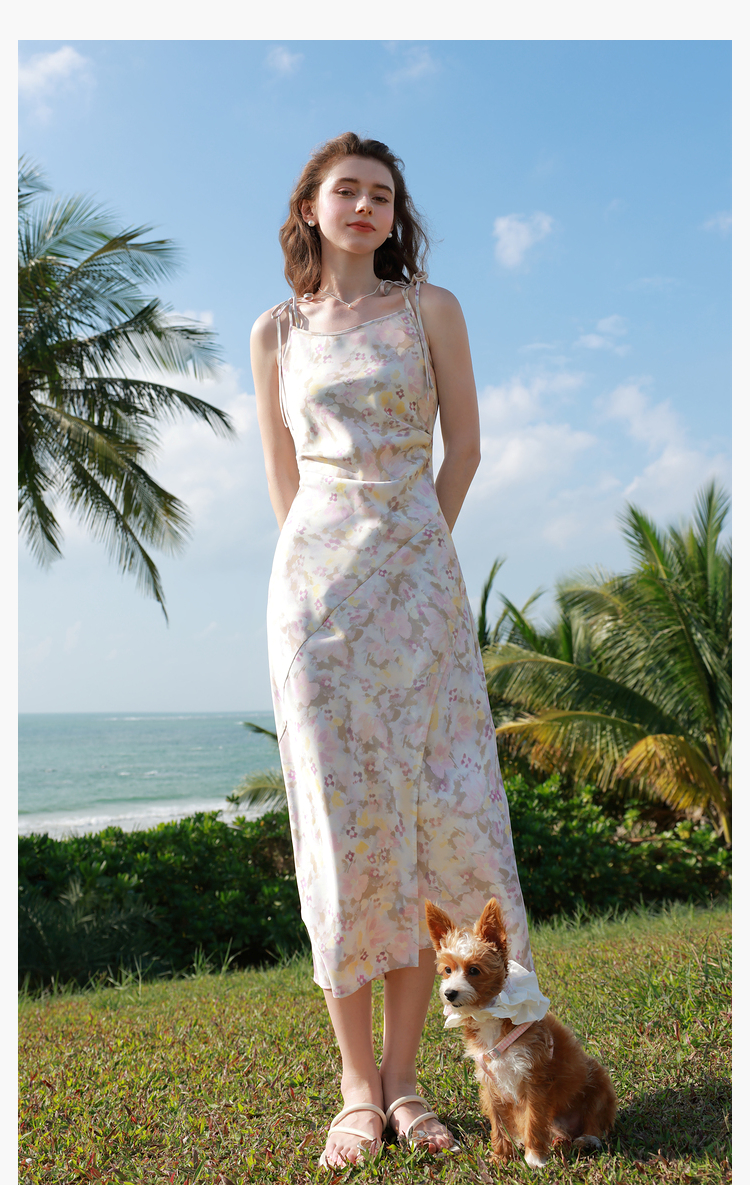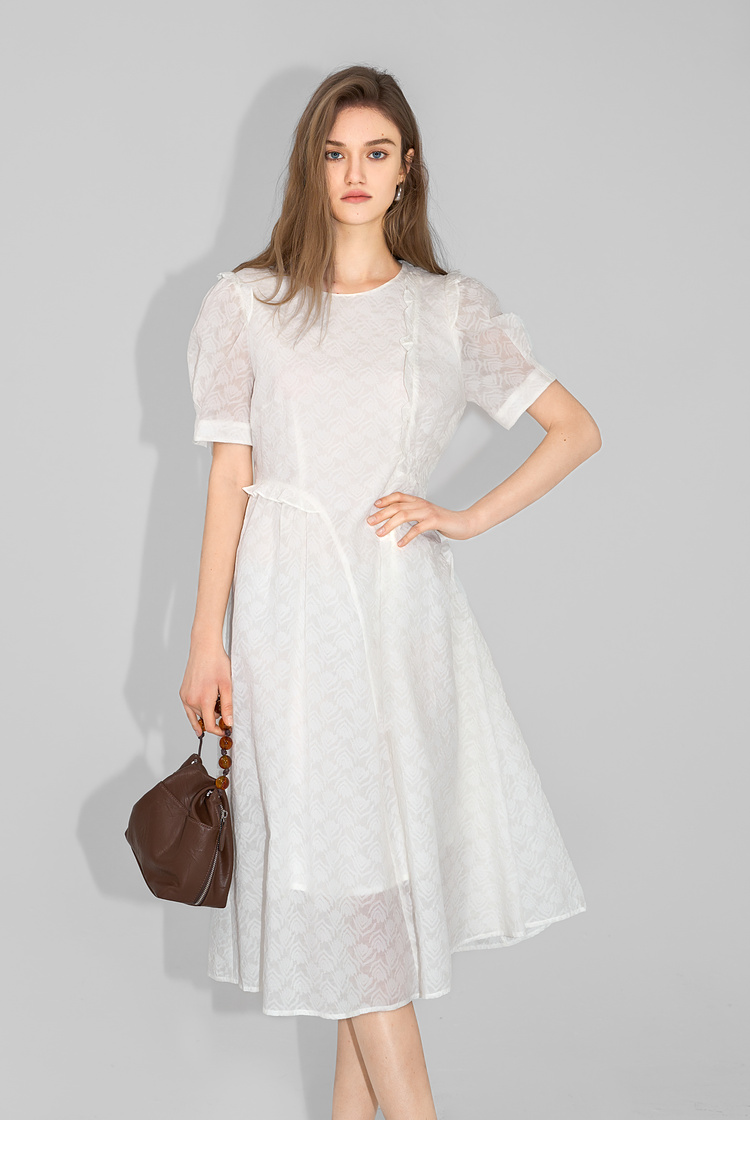The Science Behind What Color Is the Dress Phenomenon
Introduction to the Dress Debate 👗

The internet was set ablaze in 2015 by a simple question: “what color is the dress?” A photograph of a dress was posted online, and people were divided into two camps, those who saw it as white and gold, and others who saw it as blue and black. This phenomenon sparked a heated debate and became a viral sensation.
The Role of Color Perception 👀
Color perception is a complex process involving the eyes, brain, and light. When light hits an object, it reflects certain wavelengths that our eyes perceive as color. The controversy surrounding the dress can be explained by the way our brains interpret these wavelengths in different lighting conditions.
Adaptation to Ambient Light 💡

Our eyes contain cells called cones that are responsible for color vision. These cones adapt to the ambient light, and this adaptation can influence how we perceive colors. In the case of the dress, the golden hue may have been perceived due to the blue light reflecting off the dress, tricking the cones into adjusting to a warmer color palette.
Individual Differences in Perception 🧠
There are individual differences in how people perceive color. Some people have more sensitive cones, while others may have color vision deficiencies. These differences can lead to varied interpretations of the dress’s color, with some people more prone to seeing one combination over the other.
The Impact of Social Media 📱

Social media played a significant role in the spread of the dress debate. The viral nature of the question allowed for a wide range of opinions to be shared and discussed. This collective engagement led to a deeper exploration of the science behind color perception and the factors influencing our visual experiences.
Conclusion: The Dress as a Cultural Phenomenon 🌐
The dress debate transcended beyond a simple question of color and became a cultural phenomenon. It highlighted the fascinating intricacies of human perception and the power of social media to unite people in a common discussion. Whether white and gold or blue and black, the dress will forever be remembered as a symbol of the complexities of human vision.







The dress debate was a great reminder that there’s no “right” way to see something. Our brains are all wired differently, and that’s what makes the world so interesting.
I’m a teacher, and I used the dress debate as a lesson in perception and adaptation. It was a great way to get students thinking about how their brains work.
I’m a teacher, and I used the dress debate as a lesson in perception and adaptation. It was a great way to get students thinking about how their brains work.
I’m a designer, and the dress debate made me think about how important lighting is in photography. It can completely change the way an object is perceived.
I’m a teacher, and I used the dress debate as a lesson in perception and adaptation. It was a great way to get students thinking about how their brains work.
I
I’m a designer, and the dress debate made me think about how important lighting is in photography. It can completely change the way an object is perceived.
The dress debate was such a fun moment in internet history. It brought people together, even if they were arguing. It’s rare to see something so lighthearted go viral these days.
I’m an artist, and the dress phenomenon inspired me to create a series of paintings exploring how different lighting conditions can change the way we see color. It’s been a fascinating project!
The dress debate was a great example of how social media can turn a simple question into a global phenomenon. It was fascinating to see how people reacted.
I’m a teacher, and I used the dress debate as a lesson in perception and adaptation. It was a great way to get students thinking about how their brains work.
The dress debate was a great reminder that there’s no “right” way to see something. Our brains are all wired differently, and that’s what makes the world so interesting.
I saw the dress as white and gold, but after reading this article, I understand why some people saw it as blue and black. It’s all about how our eyes adapt to light.
The dress debate was a great reminder that there’s no “right” way to see something. Our brains are all wired differently, and that’s what makes the world so interesting.
The dress will forever be a part of internet lore. It’s a reminder of a time when a simple question sparked a global conversation about the nature of reality.
I’m a teacher, and I used the dress debate as a lesson in perception and adaptation. It was a great way to get students thinking about how their brains work.
The article’s mention of individual differences in perception is spot on. I have a friend with color blindness, and he saw the dress differently, which sparked a great conversation.
The dress debate was a great reminder that there’s no “right” way to see something. Our brains are all wired differently, and that’s what makes the world so interesting.
I’m a designer, and the dress debate made me think about how important lighting is in photography. It can completely change the way an object is perceived.
The science behind the dress phenomenon is fascinating. It’s amazing how our brains can interpret the same image so differently based on lighting and individual perception.
I remember being so confused during the dress debate. I saw it as white and gold, but my friends all saw it as blue and black. It was like we were living in different realities!
I’m a designer, and the dress debate made me think about how important lighting is in photography. It can completely change the way an object is perceived.
I saw the dress as blue and black, but my partner saw it as white and gold. It was a fun conversation starter and made us appreciate how different our perceptions can be.
I’m a designer, and the dress debate made me think about how important lighting is in photography. It can completely change the way an object is perceived.
The dress debate was a great reminder that there’s no “right” way to see something. Our brains are all wired differently, and that’s what makes the world so interesting.
I saw the dress as white and gold, but after reading this article, I understand why some people saw it as blue and black. It’s all about how our eyes adapt to light.
I saw the dress as white and gold, but after reading this article, I understand why some people saw it as blue and black. It’s all about how our eyes adapt to light.
I saw the dress as blue and black, but my partner saw it as white and gold. It was a fun conversation starter and made us appreciate how different our perceptions can be.
I saw the dress as white and gold, but after reading this article, I understand why some people saw it as blue and black. It’s all about how our eyes adapt to light.
The dress debate was a cultural touchstone that brought together people from all walks of life. It’s a beautiful example of how a simple question can lead to a deeper understanding of ourselves and each other.
I’m a designer, and the dress debate made me think about how important lighting is in photography. It can completely change the way an object is perceived.
I saw the dress as white and gold, but after reading this article, I understand why some people saw it as blue and black. It’s all about how our eyes adapt to light.
I saw the dress as blue and black, but my partner saw it as white and gold. It was a fun conversation starter and made us appreciate how different our perceptions can be.
I saw the dress as blue and black, but my partner saw it as white and gold. It was a fun conversation starter and made us appreciate how different our perceptions can be.
The dress debate was a great example of how social media can turn a simple question into a global phenomenon. It was fascinating to see how people reacted.
The dress debate was a great reminder that there’s no “right” way to see something. Our brains are all wired differently, and that’s what makes the world so interesting.
The article’s conclusion about the dress as a cultural phenomenon is apt. It wasn’t just a dress; it was a moment that highlighted our shared human experience.
I’m a fashion enthusiast, and the dress debate was a unique moment in fashion history. It wasn’t about the dress’s style but its color, which is usually a straightforward aspect.
I’m a graphic designer, and this article resonated with my daily challenges in color matching. It’s a reminder that what we see isn’t always what others perceive.
As a teacher, I used the dress debate in my classroom to discuss the science of perception. It’s a great way to engage students in a real-world application of scientific principles.
I’m a tech enthusiast, and the dress debate highlighted the role of technology in shaping our perceptions. It’s a reminder that our devices can alter our view of the world.